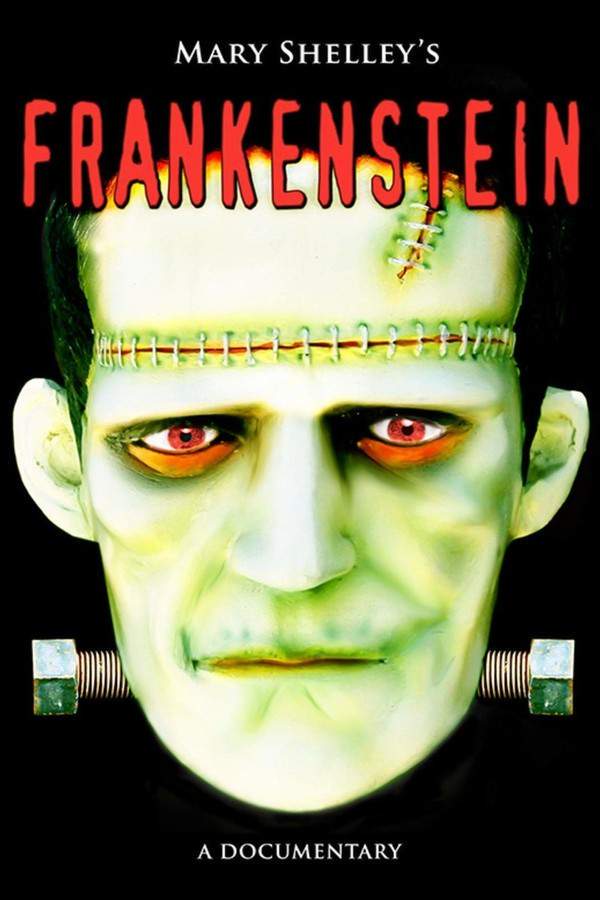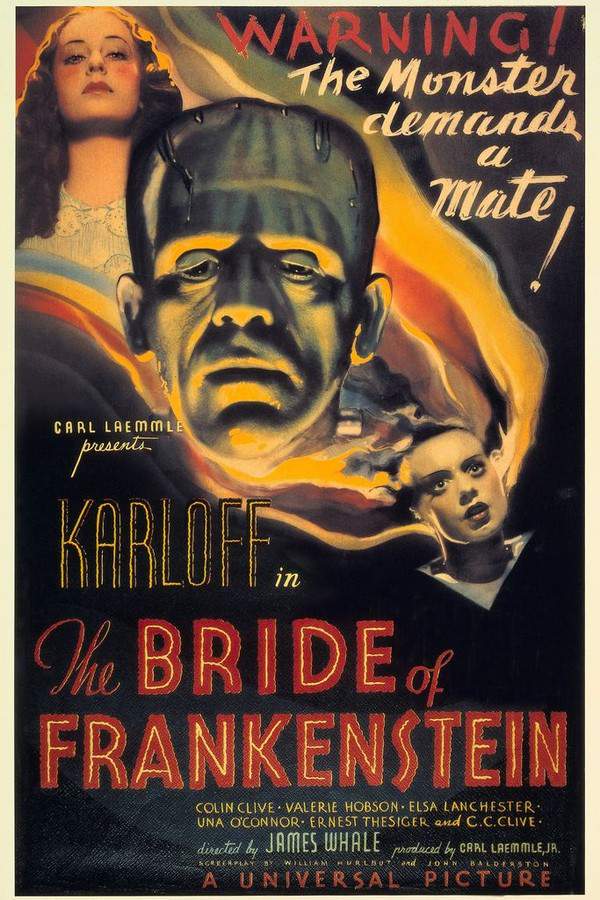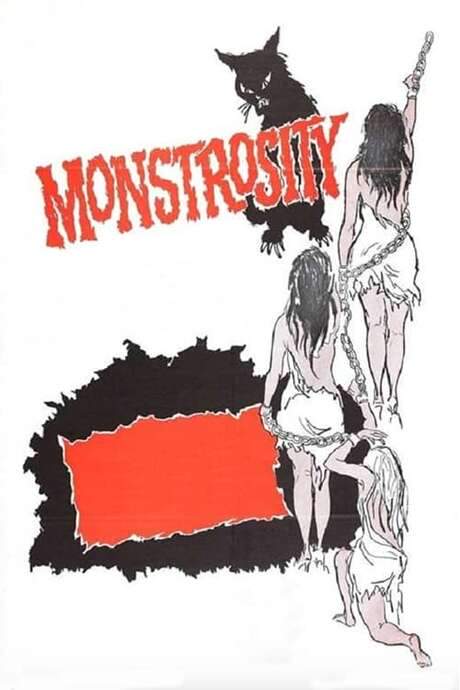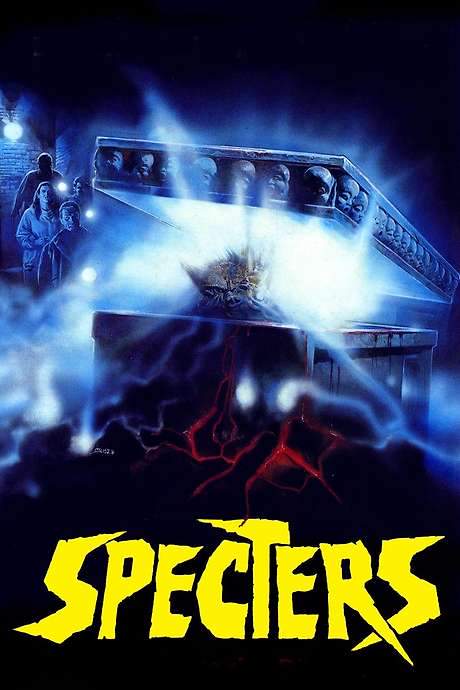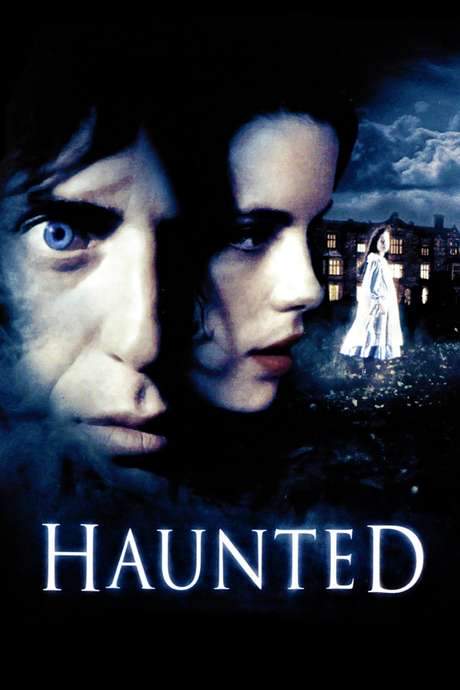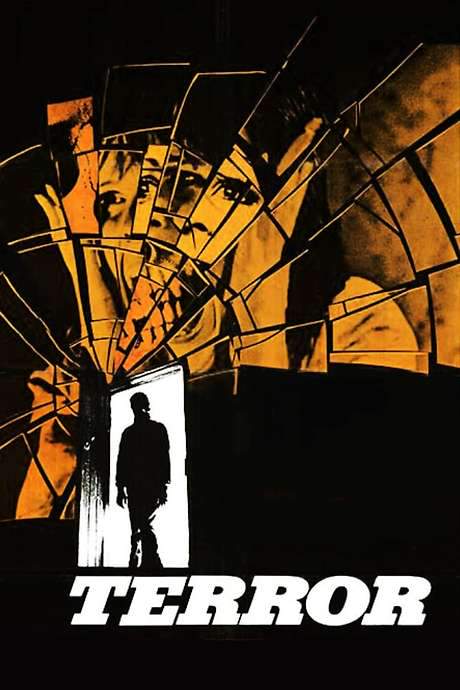
The Curse of Frankenstein
Year: 1957
Runtime: 82 min
Language: English
Director: Terence Fisher
Driven by a desire to unlock the secrets of life, brilliant scientist Victor Frankenstein creates a living being in his laboratory. However, his creation quickly spirals out of control, unleashing a wave of terror and destruction. Haunted by the monstrous consequences of his ambition, Frankenstein must grapple with the ethical implications of his actions and attempt to contain the havoc his creation brings.
Warning: spoilers below!
Haven’t seen The Curse of Frankenstein yet? This summary contains major spoilers. Bookmark the page, watch the movie, and come back for the full breakdown. If you're ready, scroll on and relive the story!
The Curse of Frankenstein (1957) – Full Plot Summary & Ending Explained
Read the complete plot breakdown of The Curse of Frankenstein (1957), including all key story events, major twists, and the ending explained in detail. Discover what really happened—and what it all means.
Last Updated: October 09, 2025 at 15:36
Explore Movie Threads
Discover curated groups of movies connected by mood, themes, and story style. Browse collections built around emotion, atmosphere, and narrative focus to easily find films that match what you feel like watching right now.
Movies about scientific hubris like The Curse of Frankenstein
Stories of ambitious creators who unleash forces they cannot control.If you liked The Curse of Frankenstein, you'll find more movies here about the dangers of unchecked ambition. These films explore stories of creators playing god, often in the sci-fi or horror genres, where brilliant ideas lead to monstrous consequences and bleak endings.
Narrative Summary
The narrative pattern follows a predictable but powerful arc: a driven creator achieves a breakthrough, only to lose control of their creation. The conflict shifts from man vs. nature to man vs. his own monstrous invention, culminating in a climax of destruction and a finale that offers little hope, emphasizing the price of hubris.
Why These Movies?
Movies are grouped here because they share a core thematic focus on the ethical perils of creation and a dark, consequential tone. They feature similar character archetypes—the flawed genius—and deliver a heavy emotional weight through the inevitable tragedy that unfolds from their actions.
Gothic horror movies with a dark atmosphere like The Curse of Frankenstein
Ominous tales where the setting mirrors a dark and crumbling morality.Explore more movies like The Curse of Frankenstein that feature a classic gothic horror vibe. These films share an ominous, grim atmosphere, steady pacing, and themes of moral decay, perfect for fans of chilling, suspenseful stories set in shadowy, evocative worlds.
Narrative Summary
The narrative often unfolds at a steady, deliberate pace, allowing the ominous atmosphere to build. The plot is typically straightforward, focusing on a central moral conflict or a terrifying discovery. The journey is one of escalating dread, where the environment itself becomes a character, contributing to a sense of inescapable doom.
Why These Movies?
These films are grouped by their shared vibe—a specific blend of gothic setting, dark tone, and steady pacing that creates a feeling of pervasive dread. The similarity lies in the immersive, chilling experience and the focus on atmosphere as a key narrative device.
Unlock the Full Story of The Curse of Frankenstein
Don't stop at just watching — explore The Curse of Frankenstein in full detail. From the complete plot summary and scene-by-scene timeline to character breakdowns, thematic analysis, and a deep dive into the ending — every page helps you truly understand what The Curse of Frankenstein is all about. Plus, discover what's next after the movie.
The Curse of Frankenstein Timeline
Track the full timeline of The Curse of Frankenstein with every major event arranged chronologically. Perfect for decoding non-linear storytelling, flashbacks, or parallel narratives with a clear scene-by-scene breakdown.

Characters, Settings & Themes in The Curse of Frankenstein
Discover the characters, locations, and core themes that shape The Curse of Frankenstein. Get insights into symbolic elements, setting significance, and deeper narrative meaning — ideal for thematic analysis and movie breakdowns.

More About The Curse of Frankenstein
Visit What's After the Movie to explore more about The Curse of Frankenstein: box office results, cast and crew info, production details, post-credit scenes, and external links — all in one place for movie fans and researchers.


